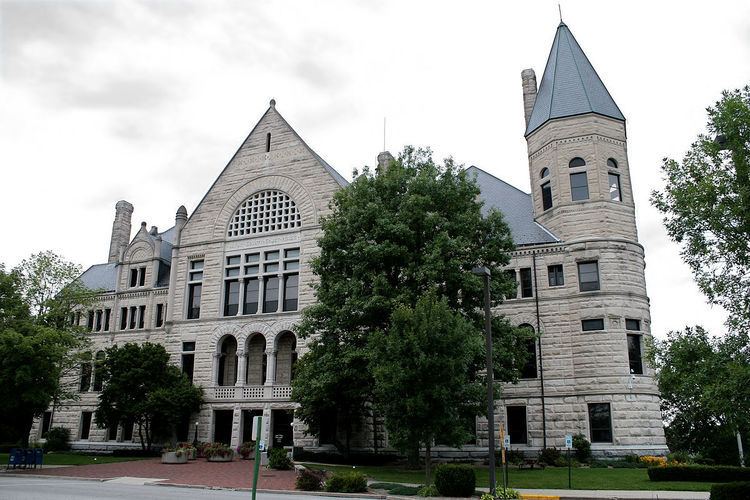Nationality United States Siblings Mary Louise McLaughlin Role Architect | Name James McLaughlin Occupation Architect | |
 | ||
Died 1923, New York City, New York, United States Structures Cincinnati Art Museum, First Unitarian Church, Grace Church, John Uri Lloyd House, Cincinnati Zoo Historic S Similar People Mary Louise McLaughlin, John Uri Lloyd, Maria Longworth Nichols S | ||
James W. McLaughlin (1834–1923) was a Cincinnati, Ohio architect. He studied to be an architect working under famed James Keys Wilson. He fought in the American Civil War serving in the Union Army. During the late 19th century, he became a popular builder in Cincinnati. In 1870 he helped organize the Cincinnati chapter of the American Institute of Architects; that year, he was selected as a Fellow of the AIA, serving on its board.
Contents
Early life
James W. McLaughlin was born on November 1, 1834, the second son of William and Mary McLaughlin. His family wsas "largely" Scots-Irish and his father William was an early Cincinnati merchant who had moved in 1818 to the developing city from Sewickley, Pennsylvania outside Pittsburgh. His younger sister Mary Louise McLaughlin became a ceramic artist.
When the American Civil War broke out, McLaughlin left his architectural practice to serve in the Union Army. During the war he became a lieutenant in the infantry body guard of General John C Fremont. After the war he published "a book illustrated with his vivid vignettes of army life based on his experiences with General Fremont in California."
Architectural career
At the age of fifteen McLaughlin entered the tutelage of James Keys Wilson. In 1855, the first year of his independent practice, he built the dry goods store on West Fourth Street. Architect Samuel Hannaford was his rival in the city. McLaughlin's design for the Cincinnati Zoological Gardens (1874–1875) "produced the earliest completed structures specifically for that purpose in the United States, and displayed his sense of humor and flexibility in housing specimens in buildings inspired by their geographical and ethnically associated origins."
Affiliations
McLaughlin helped organize the Cincinnati Chapter of the American Institute of Architects in 1870. He served as the group's president from 1878–1882 and 1889–1893. He was made a Fellow of the American Institute of Architects in 1870, served on its board, and "was active in their national meetings, including that held in Cincinnati in 1889, when the AIA and the Western Society of Architects merged."
